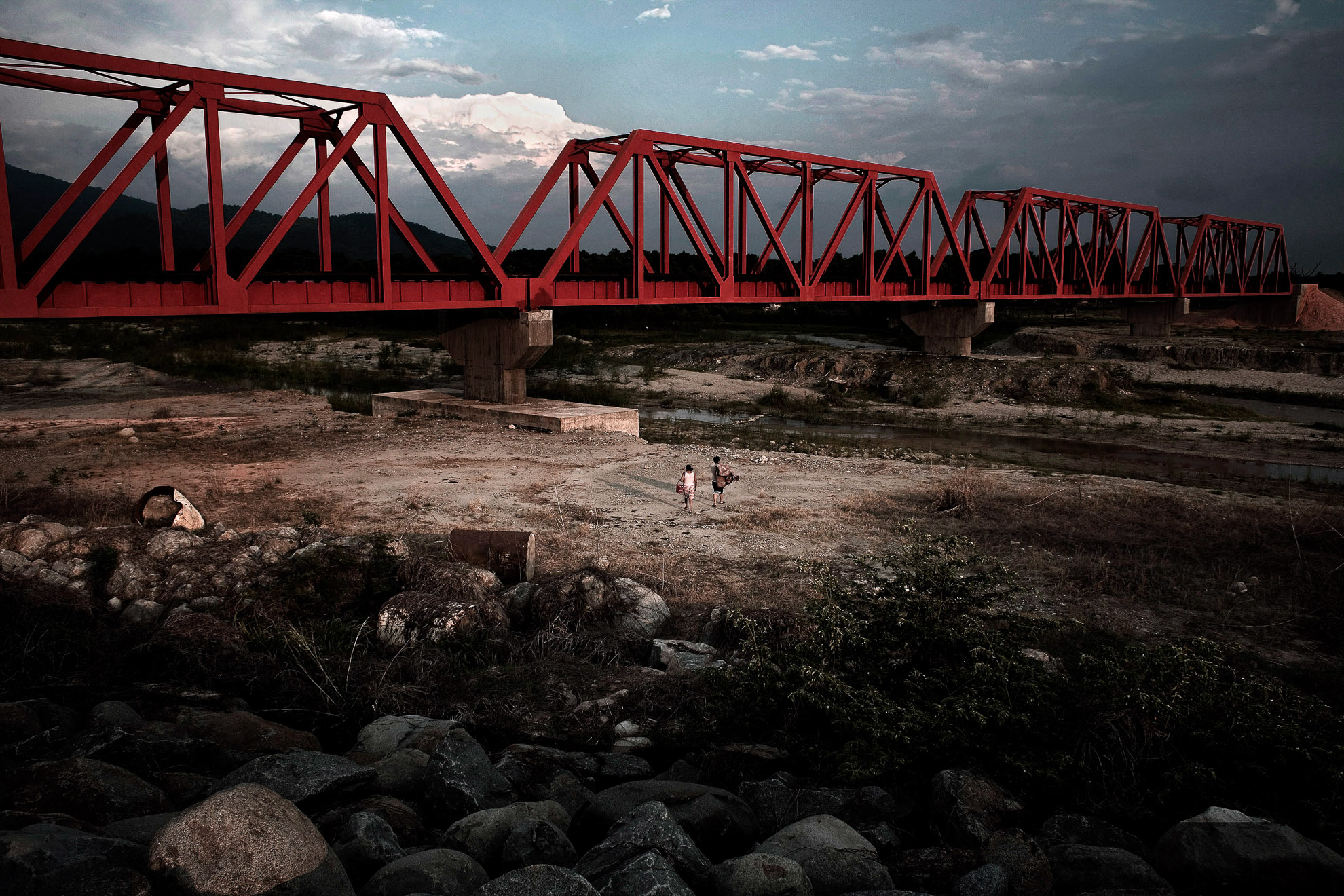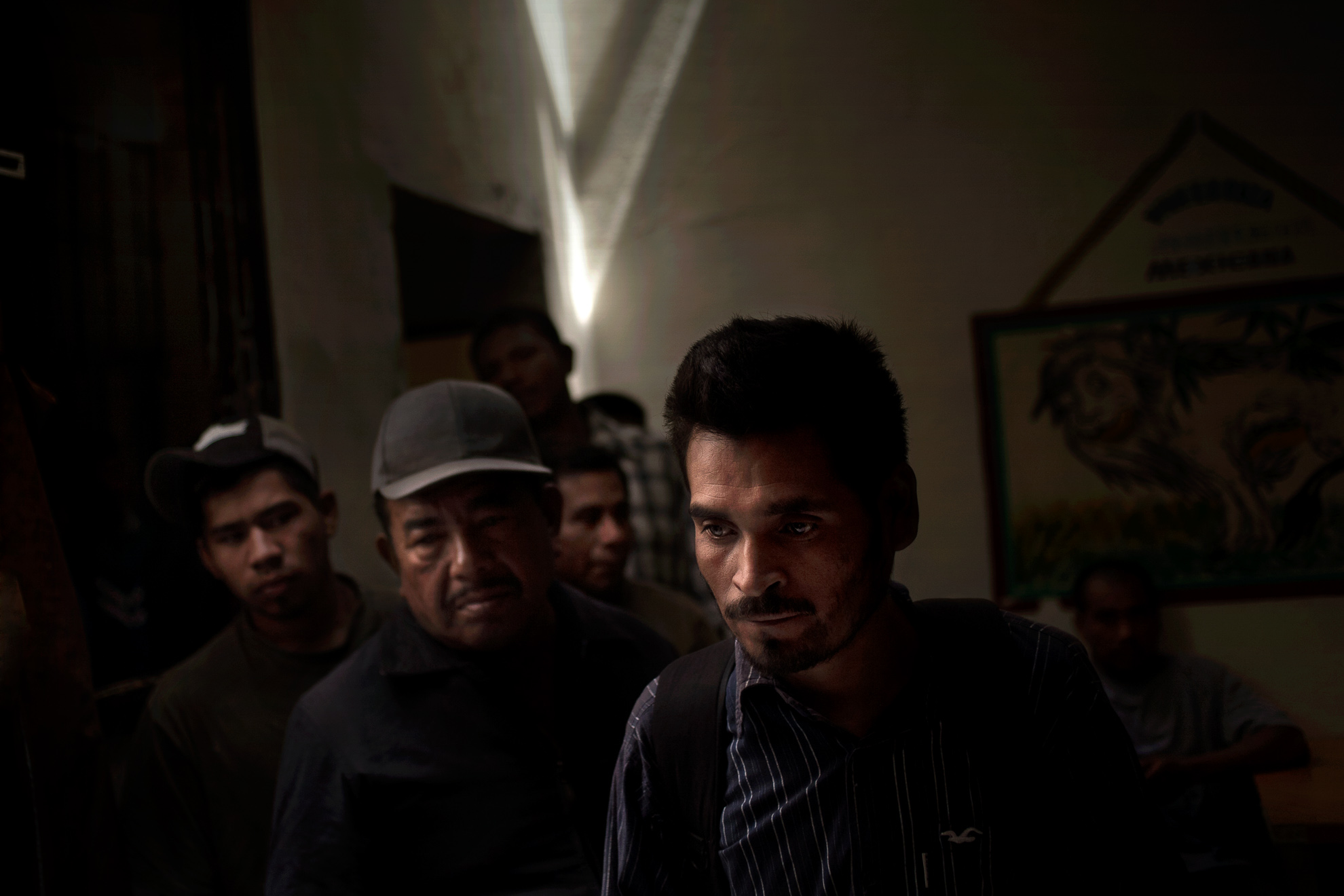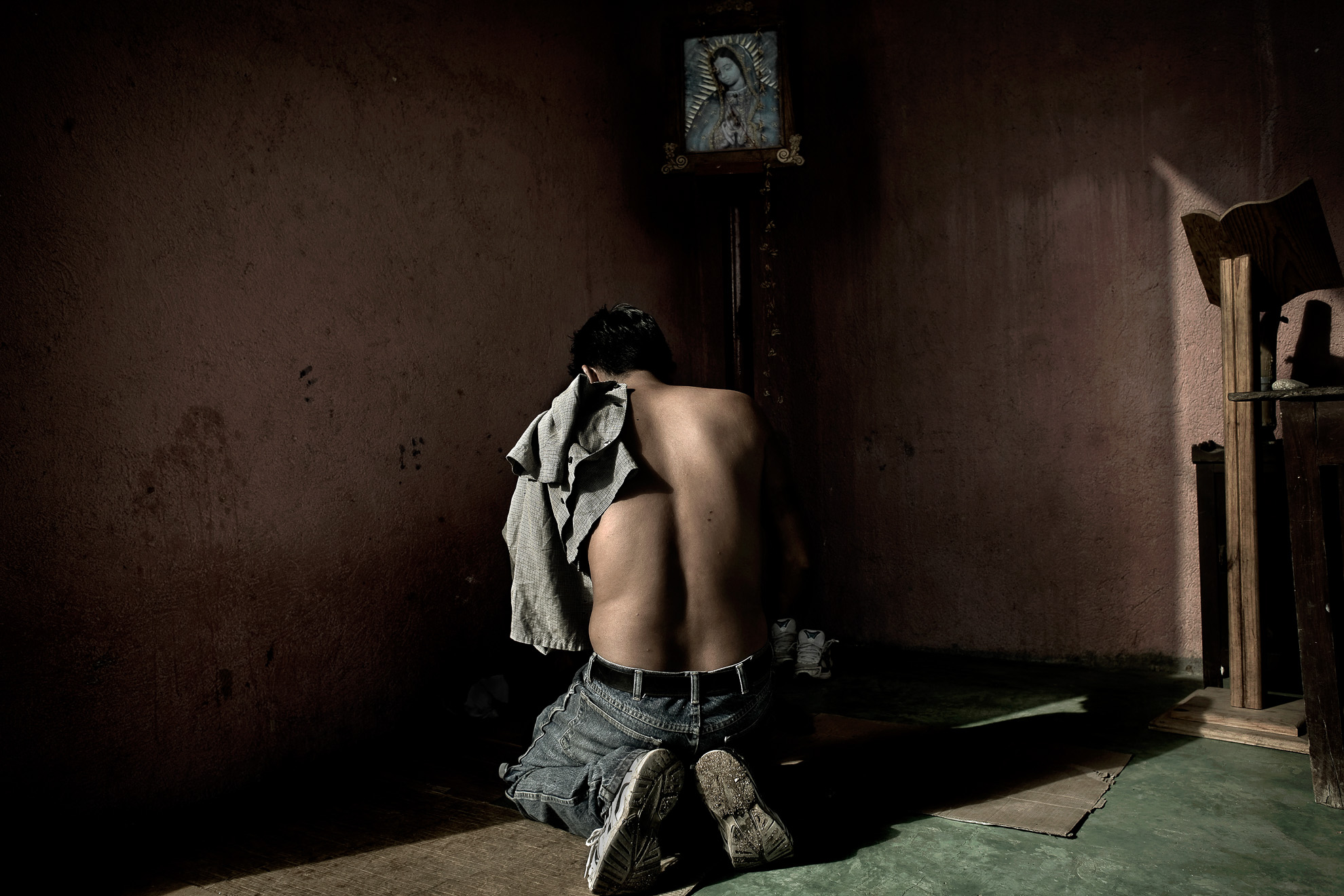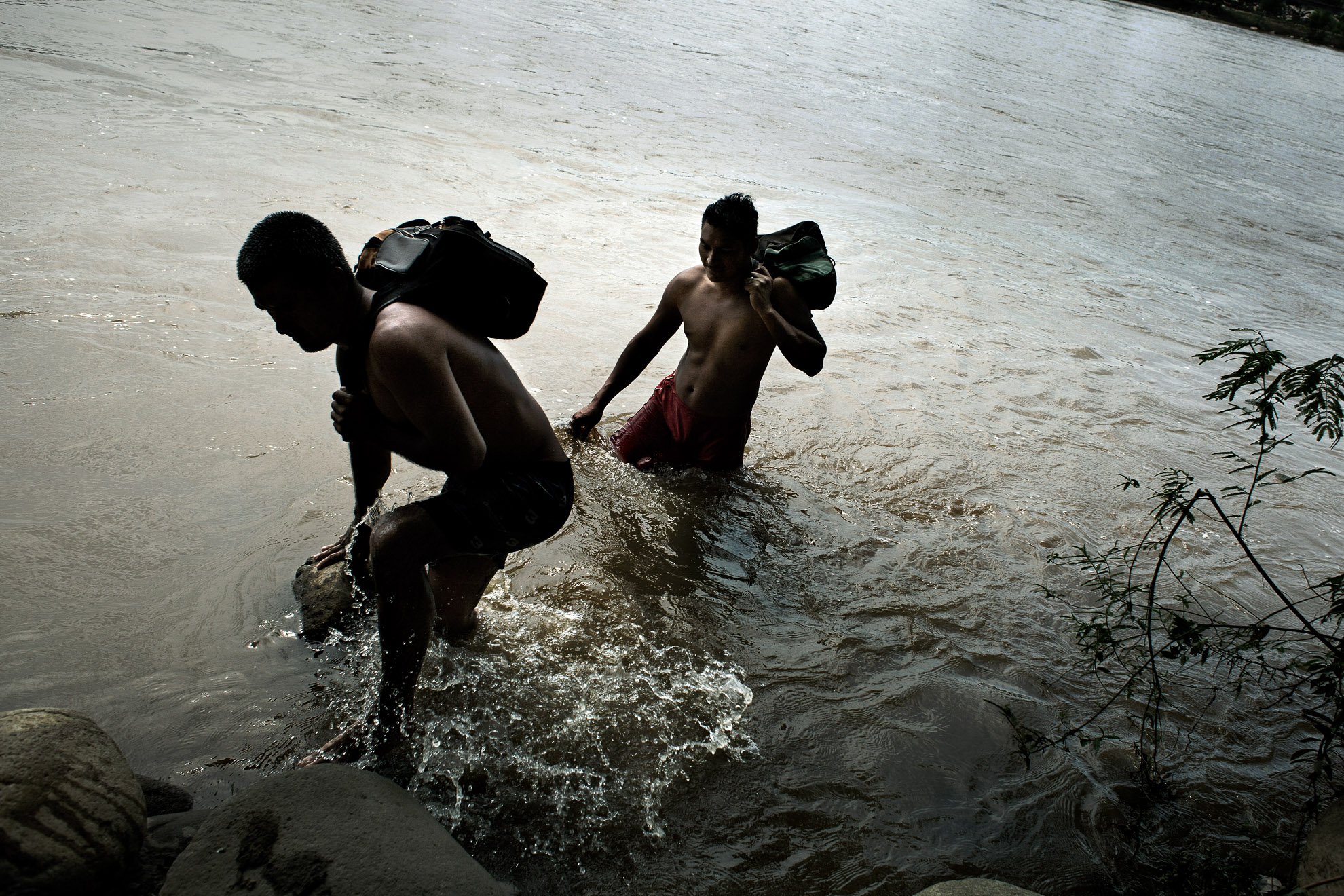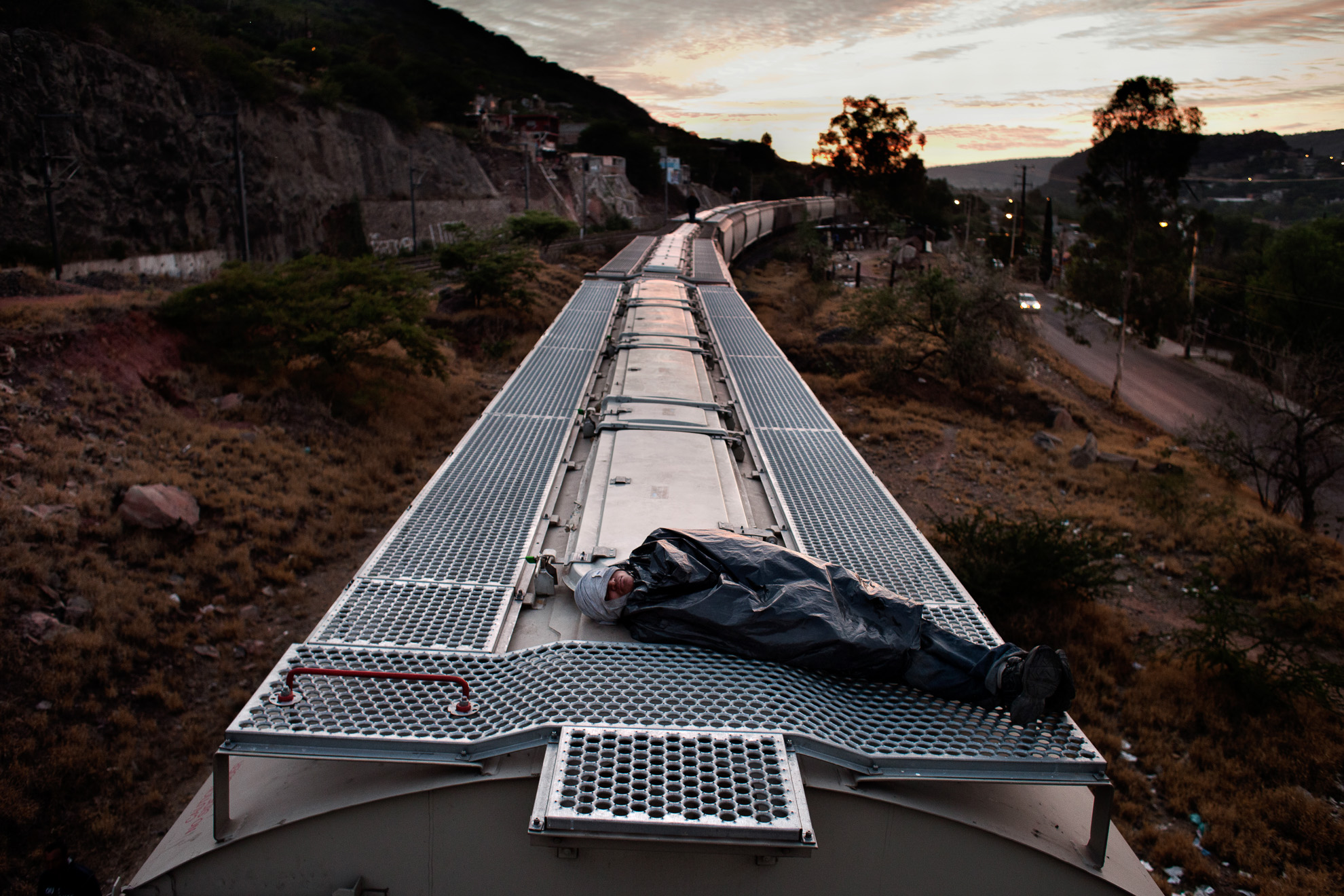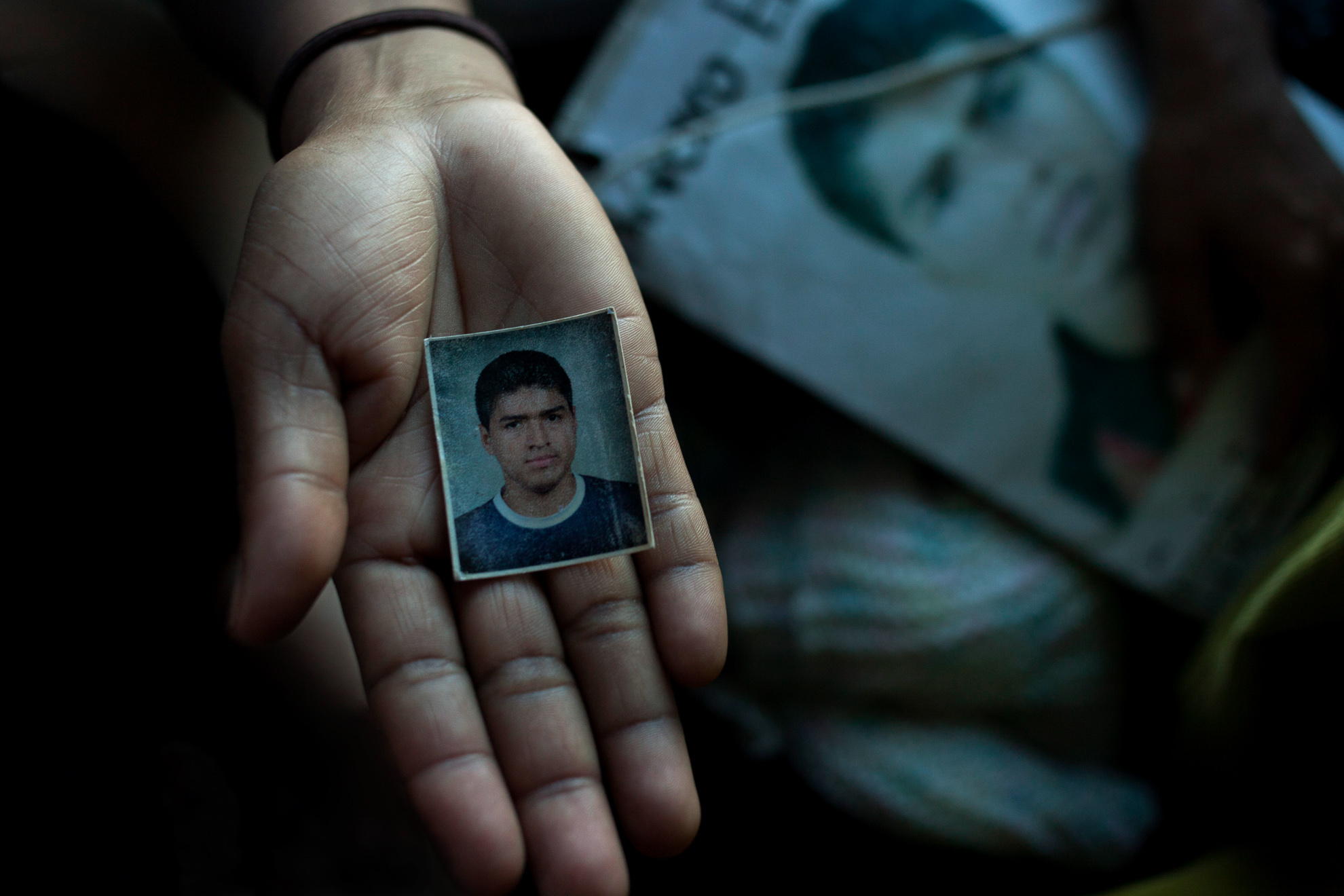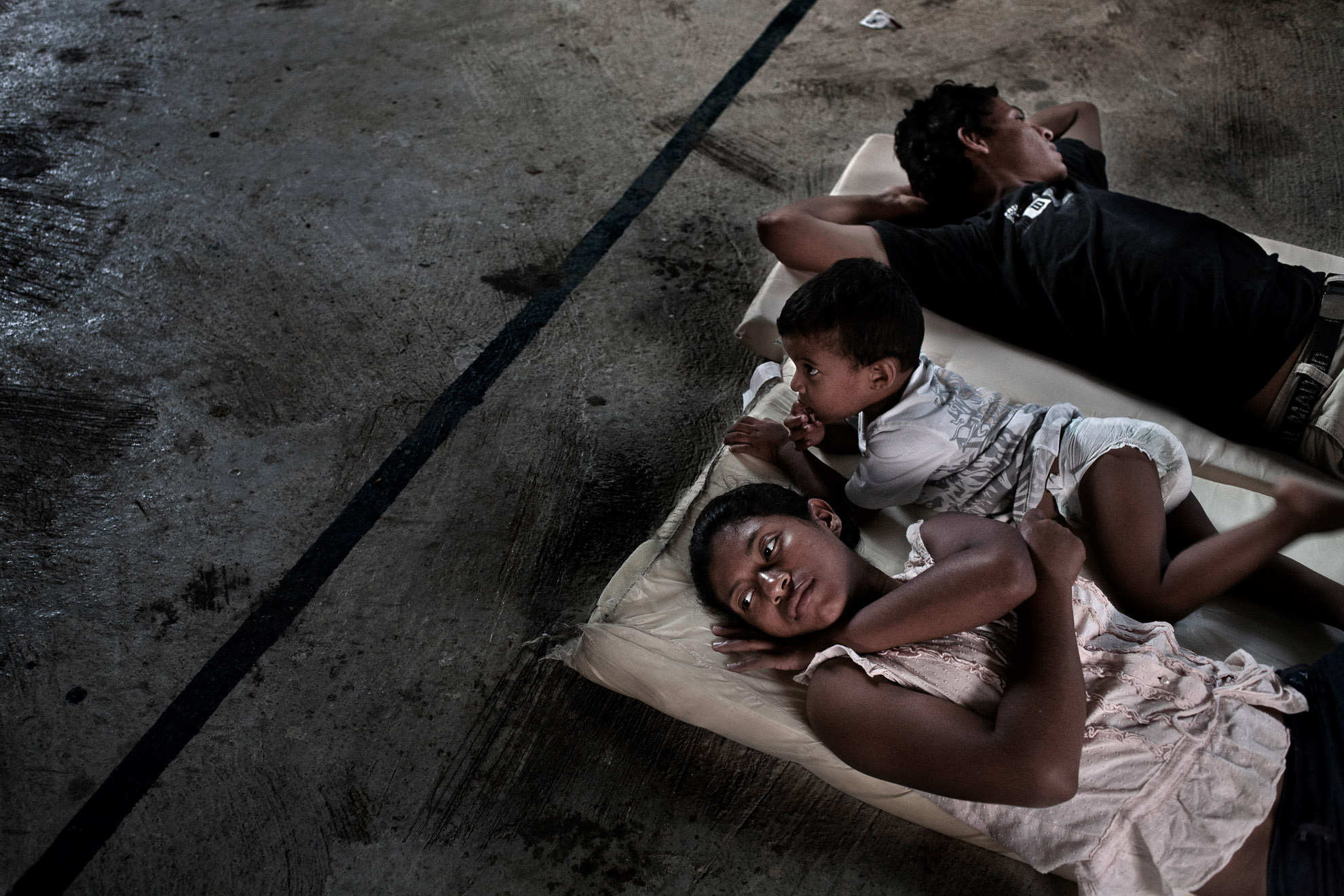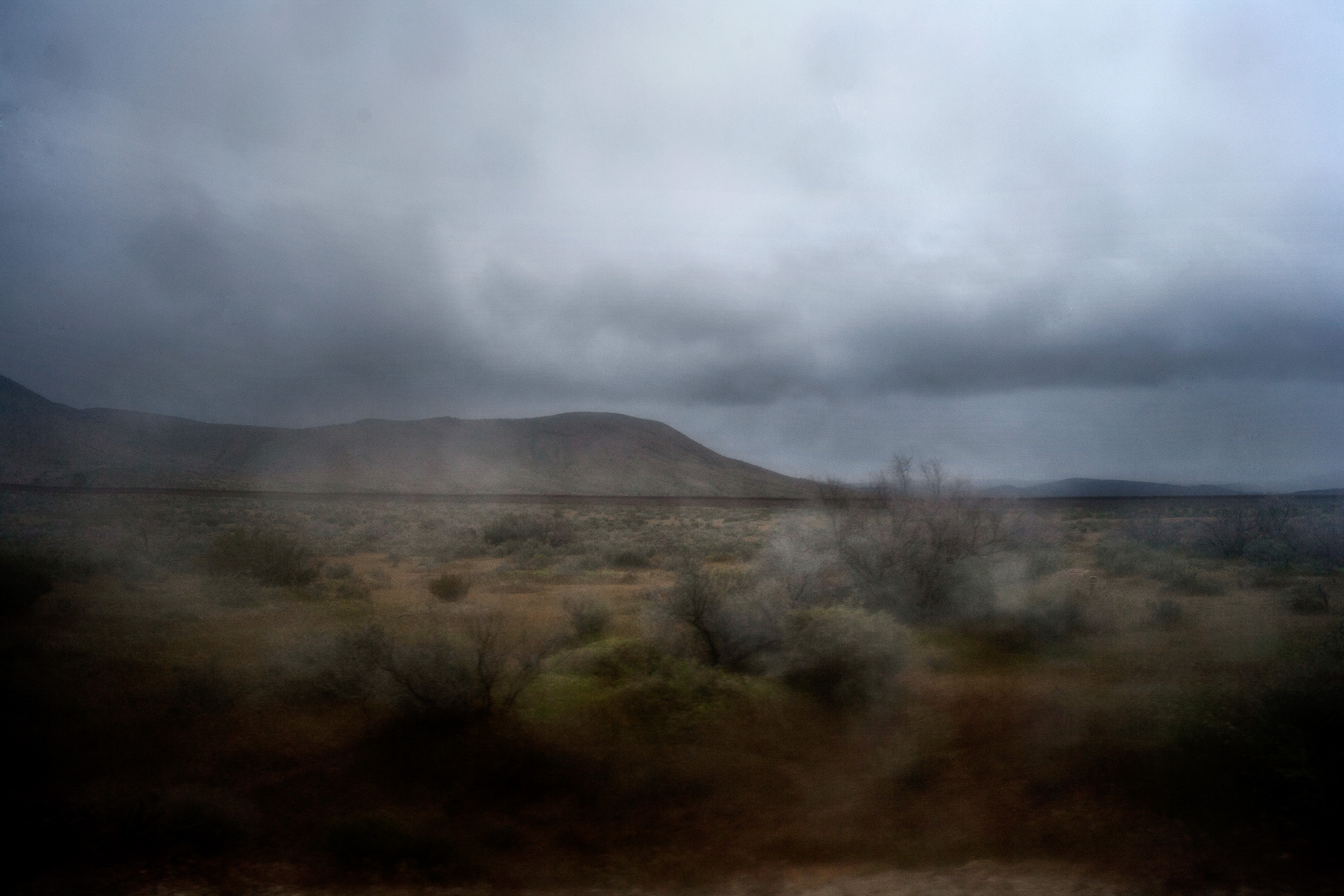Presentation
“Dark Passage” is a project about the long and difficult odyssey that thousands of migrants face everyday along the way to reach the Northern-Mexican border to cross and finally arrive in the United States of America.
Is a metaphor that illustrates this experience and has Mexico as the main subject of attention. Its unique geographical location has made a long passage of this country, which migrants around the world use to reach the ideal of enhancing their living conditions in the United States. This vast territory is turning into a “dark passage”, because in the last decade a number of factors have increased the difficulties along the way, making them more vulnerable to extortion, violence, kidnapping, and theft. Each year, more than 400.000 Central-American migrants cross the southern-Mexican border on their way to the United States. The precarious economic situation, in which millions of people live in Central American countries like Guatemala, Honduras, and El Salvador, stimulates the flux of people towards the United States, and it seems unstoppable.
Each day, hundreds of Central Americans leave their countries of origin, their families, their only goods, and start a journey that it’s supposed to end in the USA, where they would find economic opportunities that would bring benefit to themselves and their whole families. But along this journey towards the North, it ever more turns into a nightmare. Their condition of “invisibility”, of “clandestinely”, increases the vulnerability of the women, men and children that experience this dark passage, and makes them an easy prey for the Mexican organized crime.
This project is concentrated in the population that use the freight train called “La Bestia” (the beast), to get to the Northern parts of Mexico, which is the majority of migrants. They travel during the day on the marching trains that cross the country from South to North, facing dangers from falling down the trains, to getting kidnapped. In the shortstops, useful for changing trains, or in the wait for someone who could take her/him further north, they find food at shelters.
Biography
Documentary photographer. Fabio was born in Rome, grew up in Colombia and Peru and returned as a teenager to Italy. He studied photography at the European Institute of Design and Visual Arts in Rome. He began his career as a photojournalist in Rome, working for Italian newspapers. That experience heightened his interest in documentary and journalistic photography.
In 2001 he joined the Contrasto photojournalism agency based in Italy. Since then, he has focused on Latin America and documented the social, cultural and human rights dimensions of that region. His work has been published in several international magazines including Stern, Geo Italia, L’Espresso, Il Corriere della Sera, Le Courrier International, The New Yorker, Sunday Time Magazine and Le Monde.
Since 2010, Fabio and his family have been living in Mexico. He is currently working on two long term projects related to the border between Mexico and the United States (Al borde de la Ficción - Bordering Fiction and La Linea – The Line) and on “Dark passage”, a project that aims to recount the long, difficult odyssey through Mexico that thousands of immigrants experience as they attempt to reach the northern border with the United States.
AWARDS. 2011: World Press Photo - 3rd Prize for Arts and Entertainment - “NarcoCinema” Mexico. / Sony Awards - shortlisted - Arts and Culture. 2010: China International Press Photo Contest - 1st Prize for Nature & Environment News. / Prix Pictet - selected - “Guano, Peru’s white gold”. 2009: Picture of the Year POYi - Award of Excellence - Issue Reporting Pictures Story. 2008: NPPA National Press Photographers Association - Honourable Mention - Enterprise Picture Story. 2005: Canon Young Photographer Award. 2005: (Italy) - 1st Prize for Best Project.
